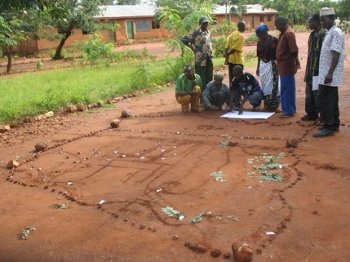 ‘Indigenous people and other rural communities inhabit more than 50 percent of the world’s land, across all continents except Antarctica. Their stewardship of Earth’s natural resources supports as many as 2.5 billion people with food, water, fuelwood and other life essentials. Less well-known, but also vitally important, is the role of community land in global efforts to avoid runaway climate change and achieve sustainable development. Of the 17 Sustainable Development Goals (SDGs) endorsed by the world’s governments, five directly address the role of land in securing humanity’s future, and three specifically call for securing community land rights. Sustainable land use, by providing a cost-effective way to sequester carbon dioxide, also offers huge climate benefits. It is no exaggeration that achieving both SDG 13 on climate action and national commitments under the Paris Agreement of the UN Framework Convention on Climate Change depends in large part on better land stewardship.
‘Indigenous people and other rural communities inhabit more than 50 percent of the world’s land, across all continents except Antarctica. Their stewardship of Earth’s natural resources supports as many as 2.5 billion people with food, water, fuelwood and other life essentials. Less well-known, but also vitally important, is the role of community land in global efforts to avoid runaway climate change and achieve sustainable development. Of the 17 Sustainable Development Goals (SDGs) endorsed by the world’s governments, five directly address the role of land in securing humanity’s future, and three specifically call for securing community land rights. Sustainable land use, by providing a cost-effective way to sequester carbon dioxide, also offers huge climate benefits. It is no exaggeration that achieving both SDG 13 on climate action and national commitments under the Paris Agreement of the UN Framework Convention on Climate Change depends in large part on better land stewardship.
‘Yet despite this global imperative, communities’ land rights are being undercut. Globally, national laws recognize only 10 percent of land as belonging to communities, with another 8 percent designated for their use. Even less is registered and titled to communities. In Africa, Latin America and Asia, many countries neither recognize community land nor adequately protect customary tenure systems handed down through generations…
‘Historically, community land covered all or most of the land area of many countries. Today, more than 50 percent of the world’s territory still remains in community hands, with the greatest amount in Africa.
Land and its natural resources are critical assets for rural communities and indigenous peoples, and central to developing country efforts to achieve many SDGs. Community land delivers food, water, fuelwood, medicinal plants and other critical resources, while providing inhabitants with security, status, social identity and a safety net.
‘Most community land around the world is held under customary tenure systems. These traditional institutions and customs historically provided communities with tenure security. But growing threats from outside these communities are leading to insecurity and loss of land.
‘Illegal logging is rampant in many heavily forested countries like Brazil, while land acquisitions for economic development purposes are on the rise around the world. Competition for land is intensifying as global demand rise for foods, fuels, minerals, fibers, wood products and other products. In many countries, companies, their investors and powerful local political and economic elites are acquiring land with government support and securing it for long periods of time. At the same time, customary tenure systems are weakening and no longer able to safeguard community land.
Land Tenure and Climate Mitigation: A Golden Opportunity
‘At a global level, one of the greatest benefits of securing community lands is their enormous potential for climate mitigation. By sequestering and storing carbon, managed forests and other landscapes support progress on SDG 13. A quarter of all GHG emissions comes from deforestation and other land use changes, although the rate varies widely across regions. For example, converting forests to farmland and other uses account for almost half of Latin America’s total emissions.
‘Given the intensifying destruction caused by climate change impacts, securing community land for climate mitigation is a low-cost, high-benefit investment…
‘There is a strong and compelling environment and development case to be made for securing community lands. Given the significant local, national and global benefits to be gained, making community land rights a priority agenda item offers a low-cost, high-reward investment for developing country governments and their development partners.
‘While each country has its own approach and unique circumstances for securing community lands, some important common measures can and must be introduced wherever they are absent. In particular, governments should prioritize:
- Establishing strong community land rights laws. Statutory laws that do not adequately protect community land rights should be reformed or replaced by new supportive legislation. For instance, the laws in Bolivia and Colombia recognize indigenous land rights, but do not provide indigenous peoples with sufficient legal protections.
- Establishing clear community land formalization procedures. Legislation and implementing regulations should provide a clear, accessible procedure for communities to register and document their land rights. Governments should simplify overly complex formalization procedures, amend steps that impose difficult burdens, and provide responsible agencies with the human and financial resources needed to document and protect all community lands.
- Leveling the playing field between communities and companies. Governments should strengthen monitoring and oversight of companies with land-based operations, and require companies to receive the full, free, prior and informed consent (FPIC) of affected communities. In addition, governments should ensure that industrial natural resource concessions are not allocated on community lands while applications for community land titles are pending.
‘If and when community lands across the world are properly secured, countries can accelerate progress on many SDGs as well as their climate targets. Given the looming threat posed to both environmental and development progress by climate change, the time to secure these lands is now.’
Read the entire commentary: Land Matters: How Securing Community Land Rights Can Slow Climate Change and Accelerate the Sustainable Development Goals, by Peter Veit, Director, Land and Resource Rights Initiative, World Resources Institute
Read more on ABCG’s work on Land and Resource Tenure Rights
Photo: Participatory Land Use by ABCG
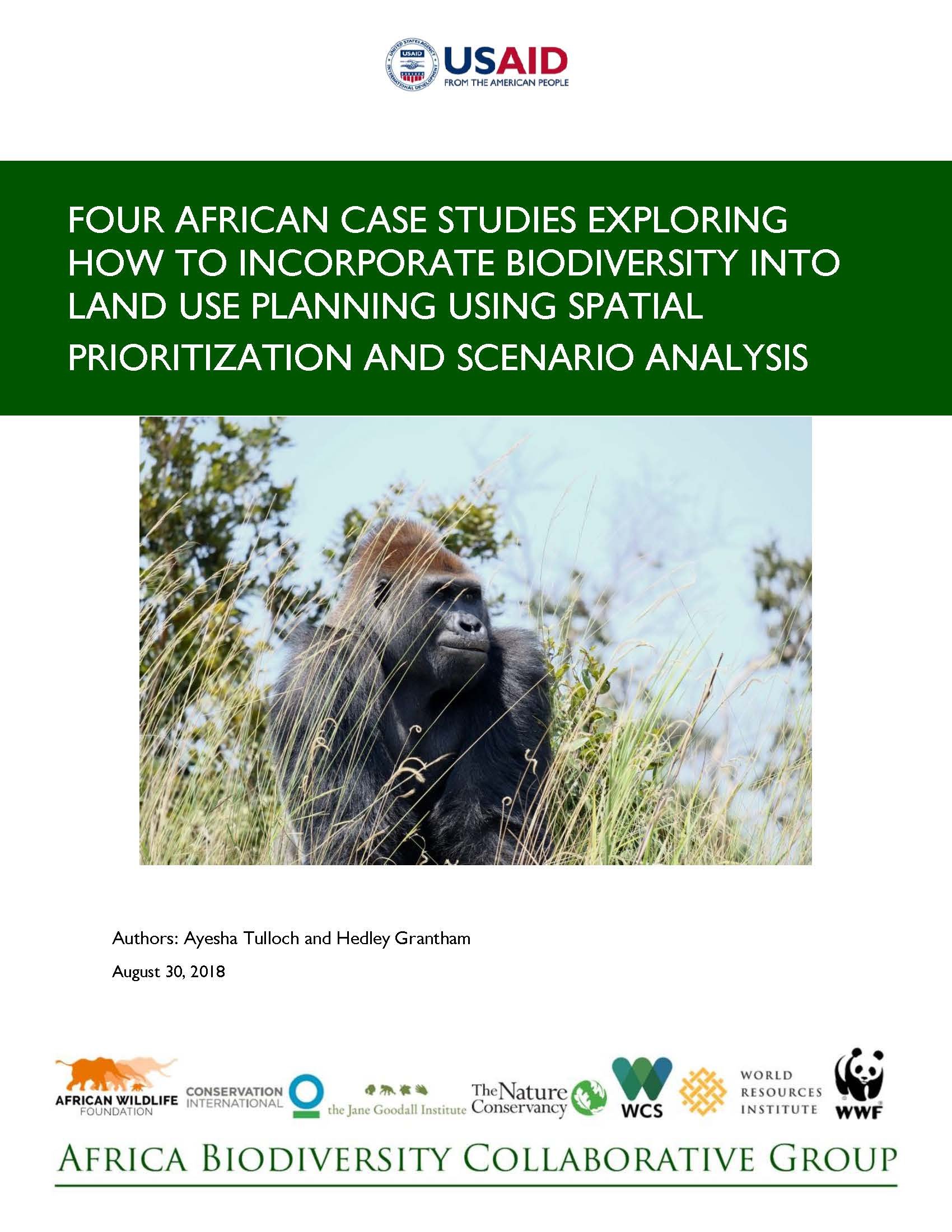 The ABCG Land Use Management task group has developed methodological approaches for scenario analysis, and guidelines for its application in Africa. This is to help identify how to incorporate equitable and climate-smart alternatives into land use decisions for conservation.
The ABCG Land Use Management task group has developed methodological approaches for scenario analysis, and guidelines for its application in Africa. This is to help identify how to incorporate equitable and climate-smart alternatives into land use decisions for conservation.
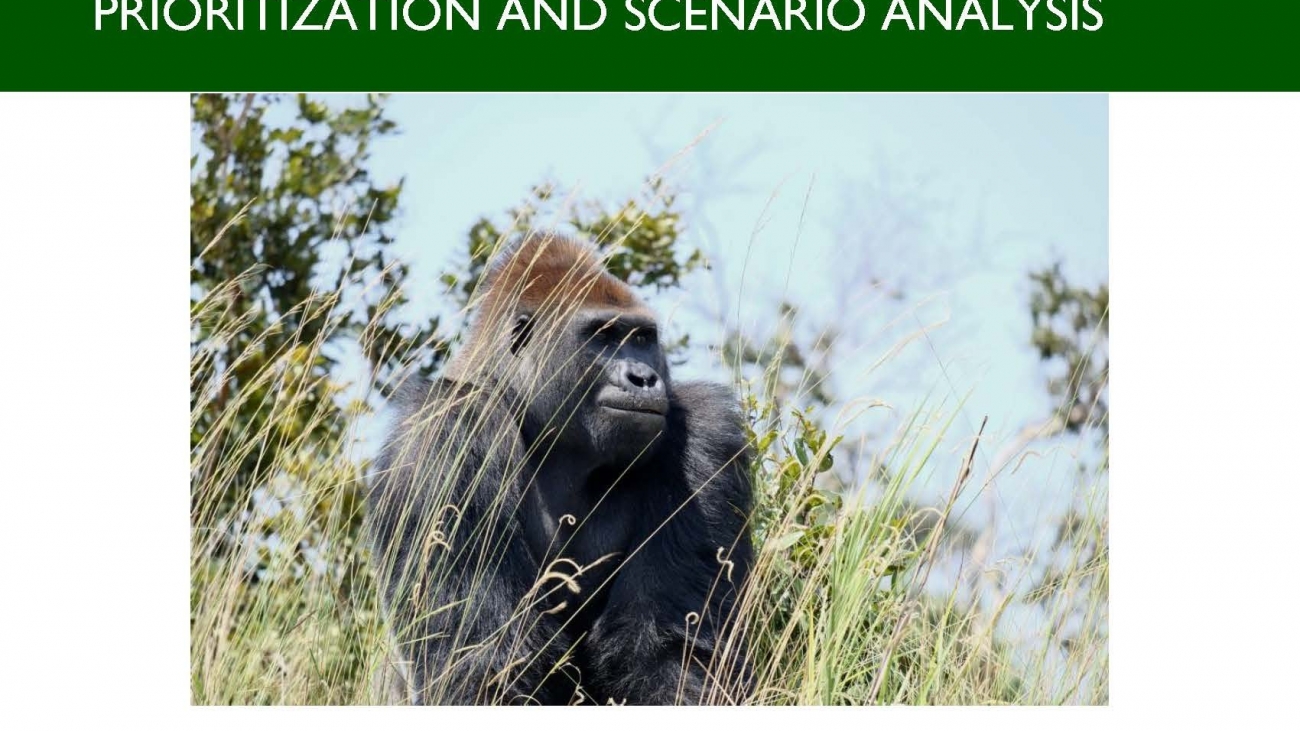

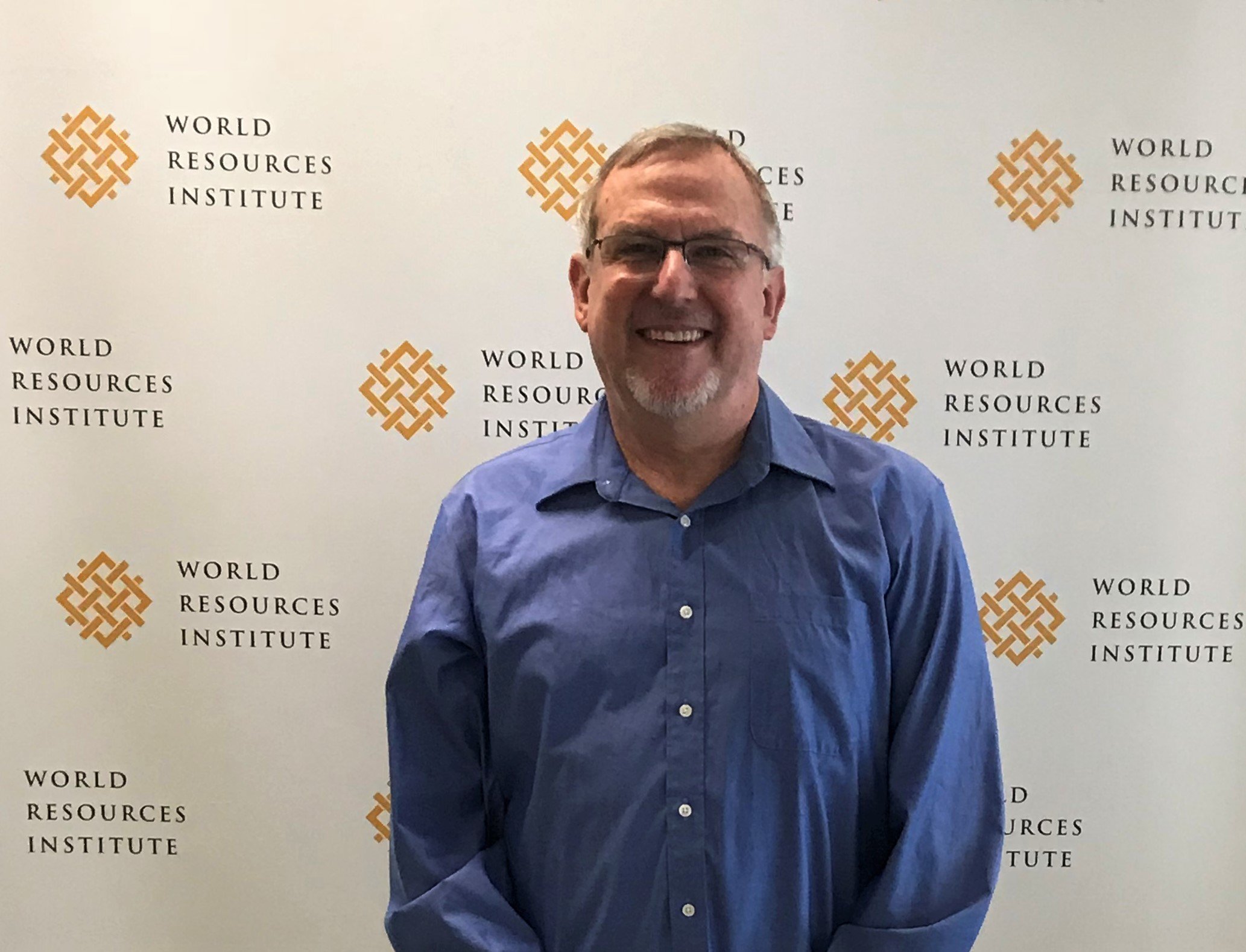

 Tanzania has been an African pioneer in community-based forest management since the passage of the landmark 1998 National Forest Policy and 2002 Forest Act. These measures enable local communities to legally establish their own Village Land Forests Reserves (VLFRs) where local communities have broad rights over forest management and governance, including control over harvesting forest products. Over the past twenty years, at least 2.5 million hectares of village land have been established as VLFRs, enabling communities to improve forest management, better control use, and manage trade in forest products.
Tanzania has been an African pioneer in community-based forest management since the passage of the landmark 1998 National Forest Policy and 2002 Forest Act. These measures enable local communities to legally establish their own Village Land Forests Reserves (VLFRs) where local communities have broad rights over forest management and governance, including control over harvesting forest products. Over the past twenty years, at least 2.5 million hectares of village land have been established as VLFRs, enabling communities to improve forest management, better control use, and manage trade in forest products.
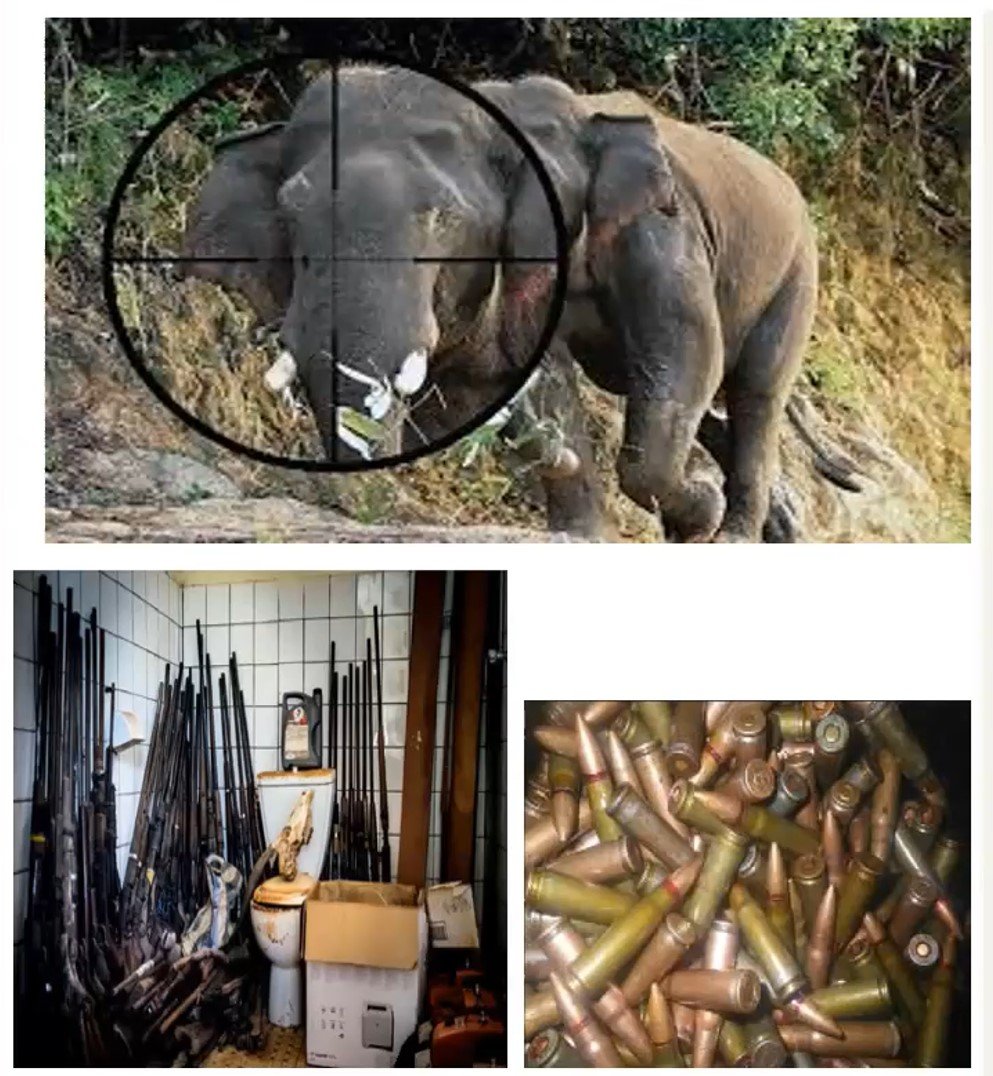 Illegal wildlife crime continues to pose serious threats to wildlife populations. It is organized wildlife crime that strengthens criminal networks, poses risks to peace and security, and threatens nature-based tourism and the communities which depend on it. It has contributed to the decline of many wildlife populations, and Central Africa has not been spared, the forest elephant is especially in danger.
Illegal wildlife crime continues to pose serious threats to wildlife populations. It is organized wildlife crime that strengthens criminal networks, poses risks to peace and security, and threatens nature-based tourism and the communities which depend on it. It has contributed to the decline of many wildlife populations, and Central Africa has not been spared, the forest elephant is especially in danger. 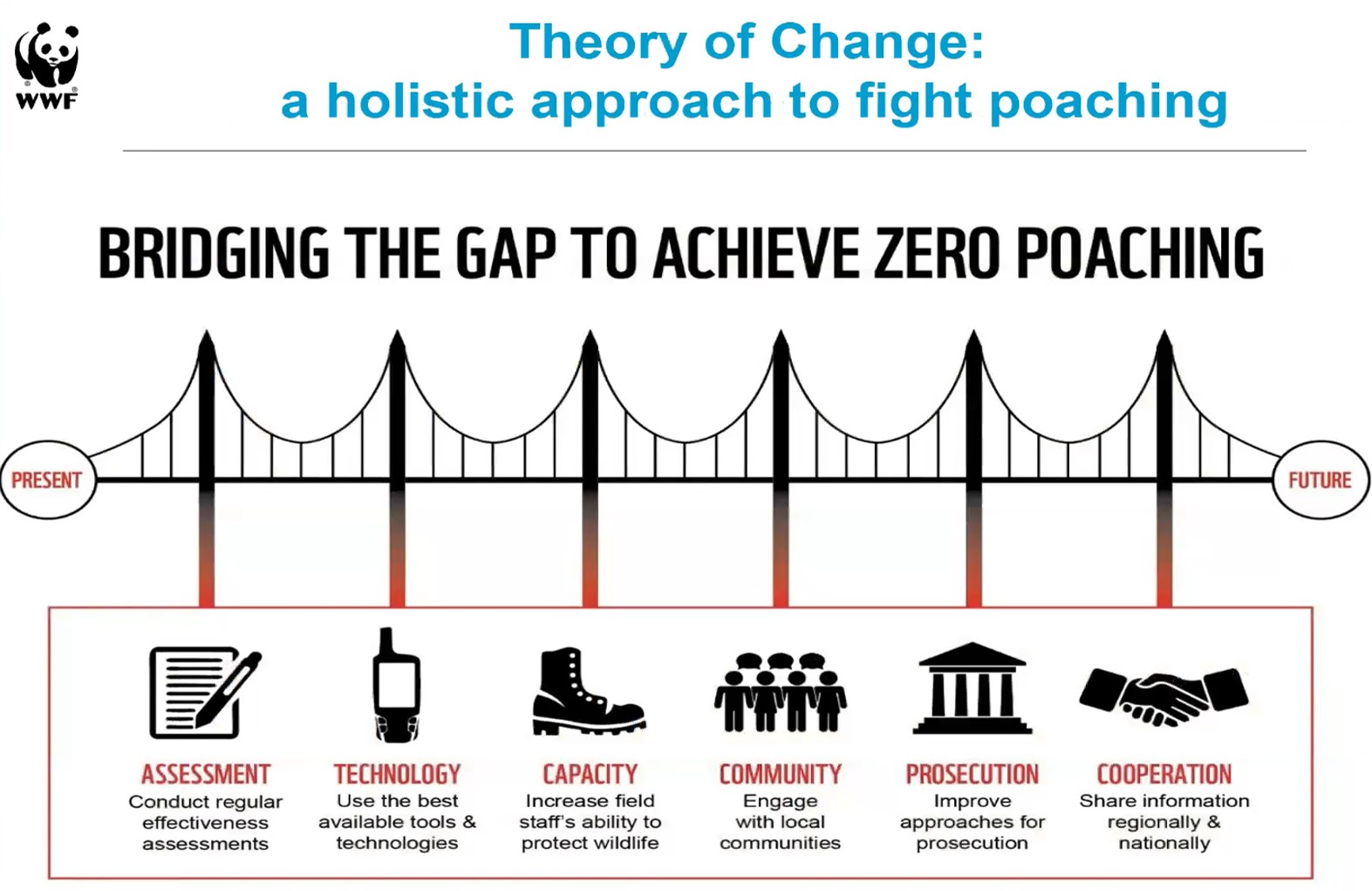 WWF has been working on piecemeal approaches to fight illegal wildlife crime such as providing technical and financial support to the wildlife agents to carryout patrols that does not adequately address the problem. The numerous challenges in fighting illegal wildlife crime, and the alarming number of animals being poached, necessitate a new kind of thinking to fight illegal wildlife crime. Further, there is still a significant high elephant population in the central Africa region that need protection. With this in mind, WWF is now shifting its approach in its anti-poaching and law enforcement efforts, from the current response to a more holistic approach. In this new way of working, WWF is working on holistic approach that involves working simultaneously on six pillars to realize zero poaching. These six pillars include: Assessment, Technology, Capacity, Community, Prosecution and Cooperation.
WWF has been working on piecemeal approaches to fight illegal wildlife crime such as providing technical and financial support to the wildlife agents to carryout patrols that does not adequately address the problem. The numerous challenges in fighting illegal wildlife crime, and the alarming number of animals being poached, necessitate a new kind of thinking to fight illegal wildlife crime. Further, there is still a significant high elephant population in the central Africa region that need protection. With this in mind, WWF is now shifting its approach in its anti-poaching and law enforcement efforts, from the current response to a more holistic approach. In this new way of working, WWF is working on holistic approach that involves working simultaneously on six pillars to realize zero poaching. These six pillars include: Assessment, Technology, Capacity, Community, Prosecution and Cooperation.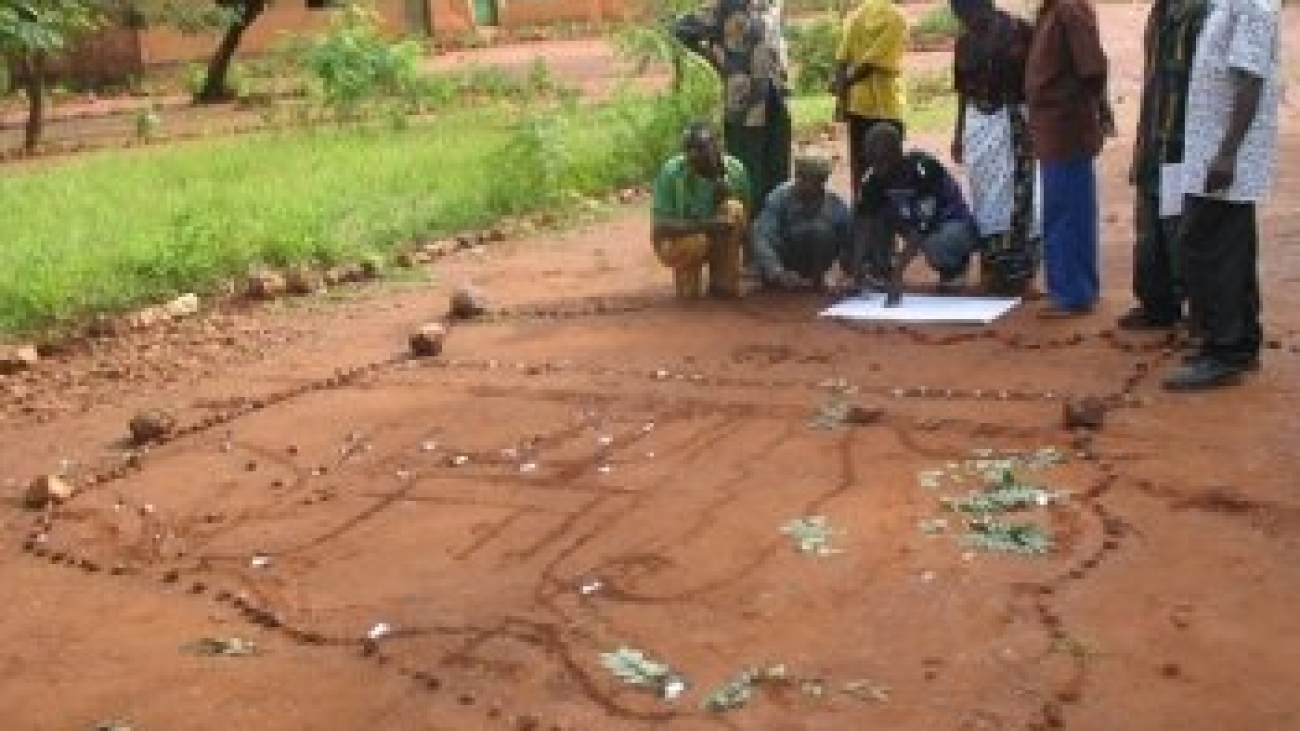
 ‘Indigenous people and other rural communities inhabit more than 50 percent of the world’s land, across all continents except Antarctica. Their stewardship of Earth’s natural resources supports as many as 2.5 billion people with food, water, fuelwood and other life essentials. Less well-known, but also vitally important, is the role of community land in global efforts to avoid runaway climate change and achieve sustainable development. Of the 17 Sustainable Development Goals (SDGs) endorsed by the world’s governments, five directly address the role of land in securing humanity’s future, and three specifically call for securing community land rights. Sustainable land use, by providing a cost-effective way to sequester carbon dioxide, also offers huge climate benefits. It is no exaggeration that achieving both SDG 13 on climate action and national commitments under the Paris Agreement of the UN Framework Convention on Climate Change depends in large part on better land stewardship.
‘Indigenous people and other rural communities inhabit more than 50 percent of the world’s land, across all continents except Antarctica. Their stewardship of Earth’s natural resources supports as many as 2.5 billion people with food, water, fuelwood and other life essentials. Less well-known, but also vitally important, is the role of community land in global efforts to avoid runaway climate change and achieve sustainable development. Of the 17 Sustainable Development Goals (SDGs) endorsed by the world’s governments, five directly address the role of land in securing humanity’s future, and three specifically call for securing community land rights. Sustainable land use, by providing a cost-effective way to sequester carbon dioxide, also offers huge climate benefits. It is no exaggeration that achieving both SDG 13 on climate action and national commitments under the Paris Agreement of the UN Framework Convention on Climate Change depends in large part on better land stewardship.
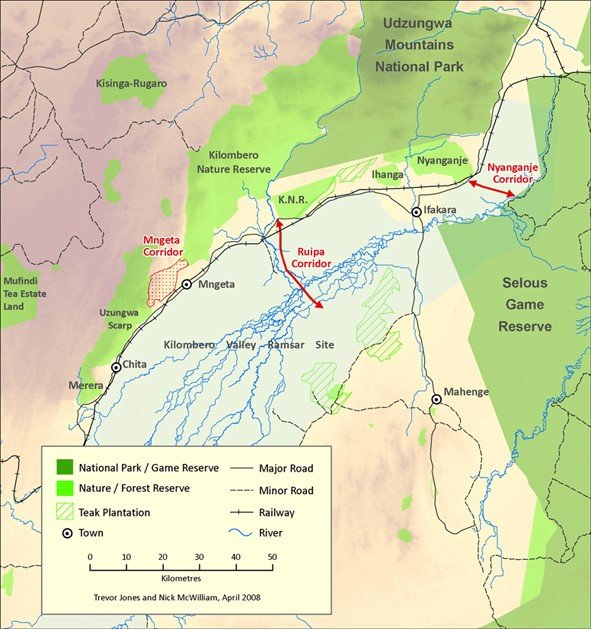 “The Kilombero Cluster supports a wide range of important global biological diversity and is regarded as an ecological bank with its abundant natural resources, including wetlands, wildlife, fertile soils, forests and water catchment areas. It inhabits the Kilombero Valley Flood Plain, a World Heritage site, which is one of Africa’s largest river basins joining the Great Ruaha, Rufiji and Luwegu rivers. Further, Kilombero Ramsar Site, Teak forests, Udzungwa Mountains National Parks, Selous Game Reserves, and Kilombero Game Controlled Area that serves as a wildlife corridor between the Selous Game Reserve and, Mikumi and Udzungwa National Parks, are also part of the Kilombero Cluster.
“The Kilombero Cluster supports a wide range of important global biological diversity and is regarded as an ecological bank with its abundant natural resources, including wetlands, wildlife, fertile soils, forests and water catchment areas. It inhabits the Kilombero Valley Flood Plain, a World Heritage site, which is one of Africa’s largest river basins joining the Great Ruaha, Rufiji and Luwegu rivers. Further, Kilombero Ramsar Site, Teak forests, Udzungwa Mountains National Parks, Selous Game Reserves, and Kilombero Game Controlled Area that serves as a wildlife corridor between the Selous Game Reserve and, Mikumi and Udzungwa National Parks, are also part of the Kilombero Cluster.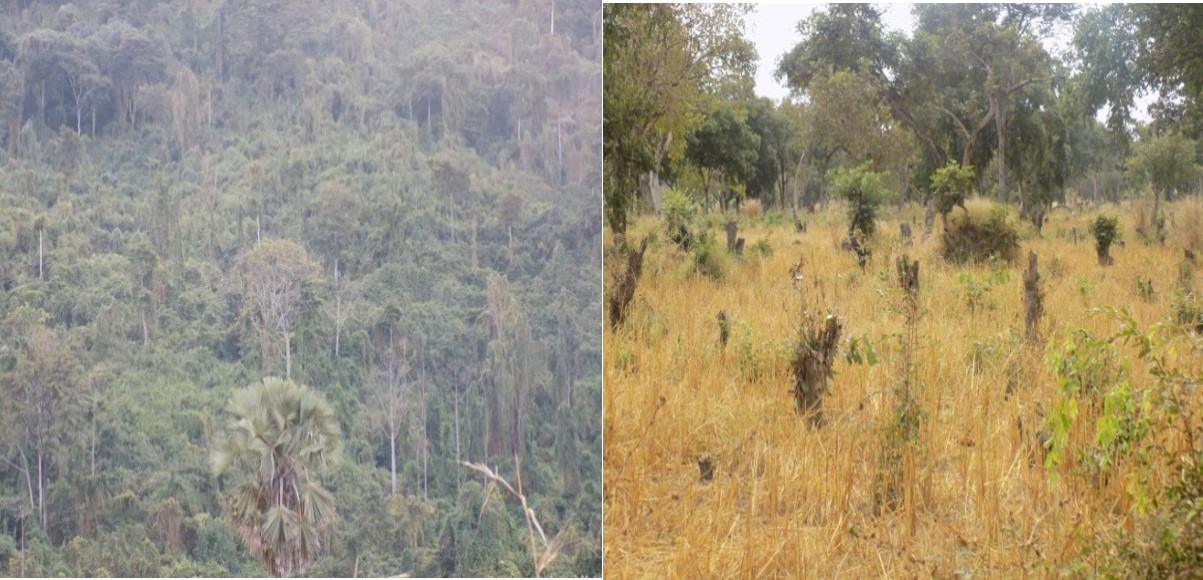
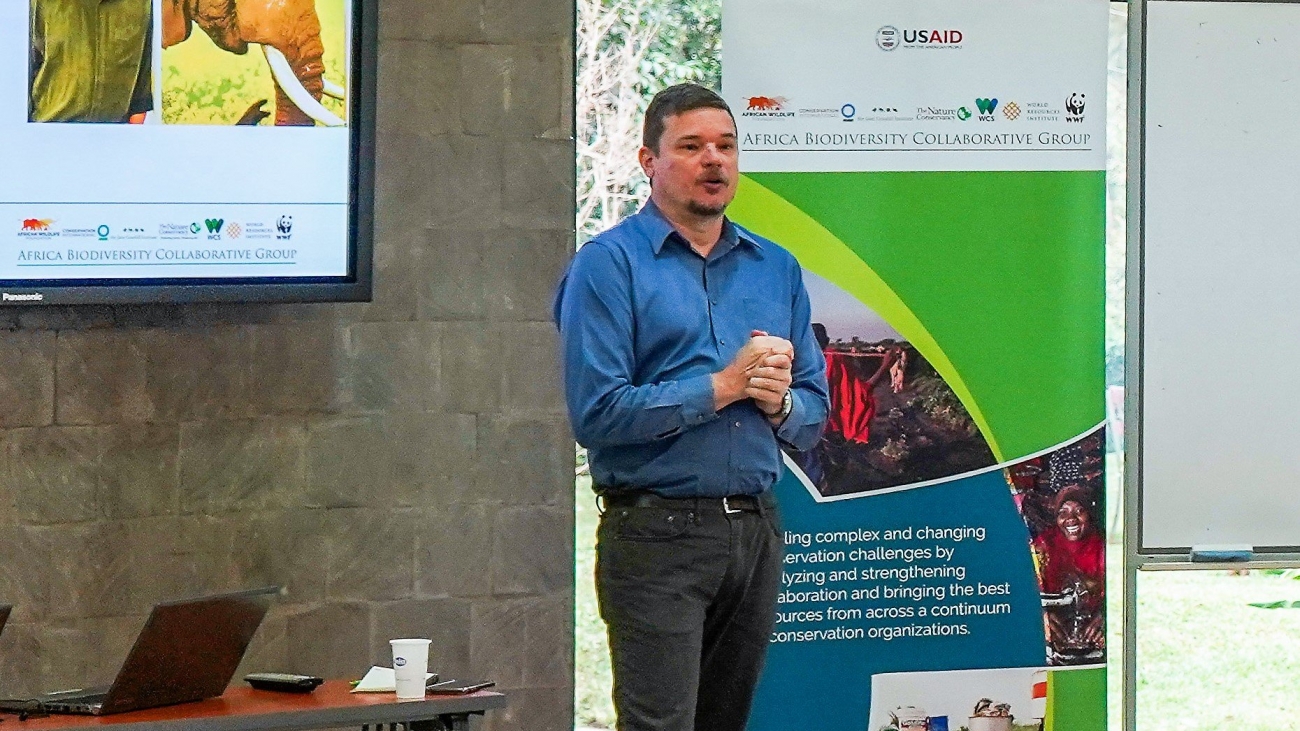
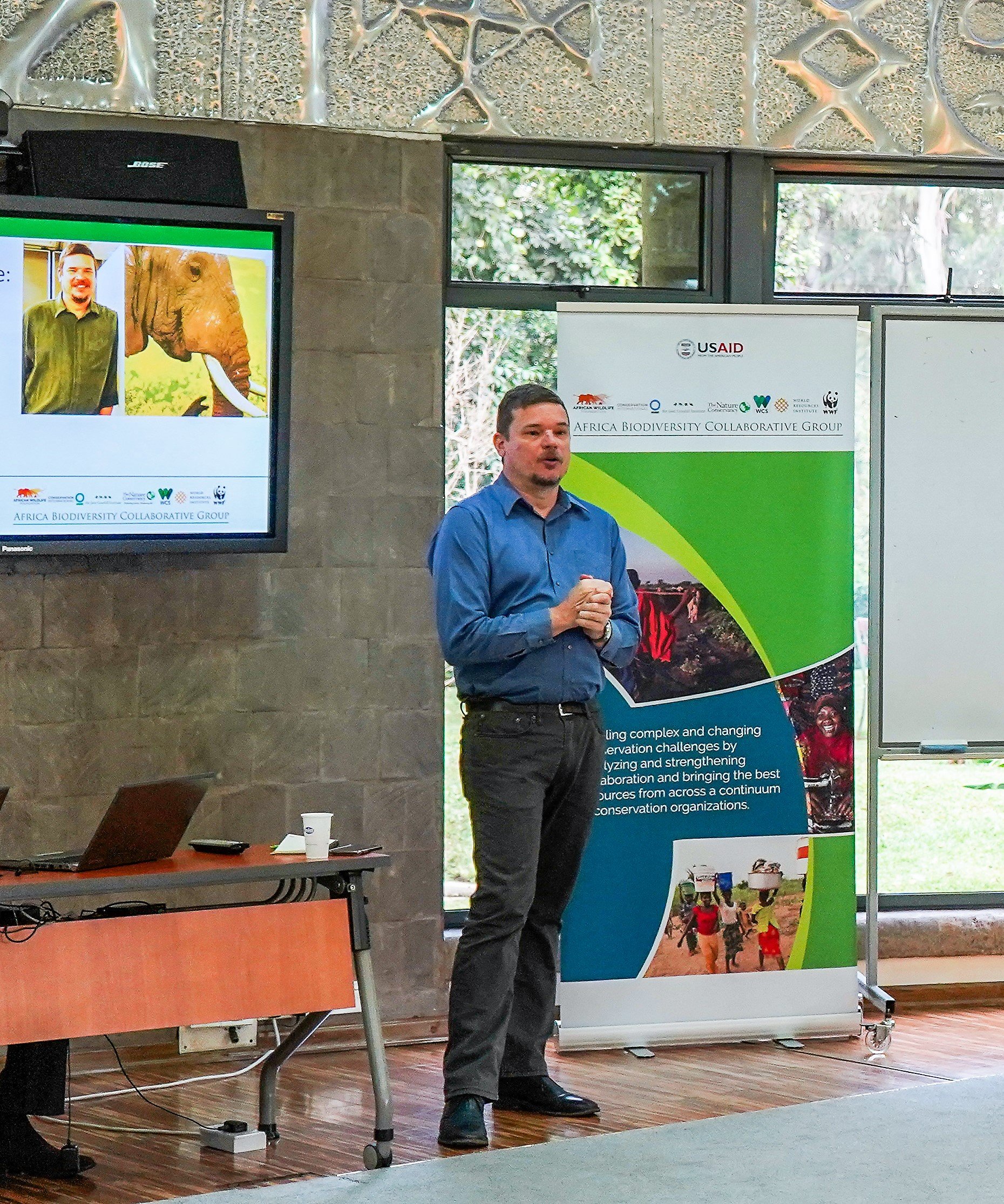 One key principle that Conservation International uses in their approach that Lewis shared during the presentation was the use of empathy. By using empathy in their work, they are able to relate to and address the numerous confounding factors that make coexistence between people and nature more of a dream than a reality in many places, especially in remote rural areas like northern Kenya. By being more in tune and understanding of the needs of the community, Conservation International applies a holistic approach to ensure that the community and wildlife exist in harmony.
One key principle that Conservation International uses in their approach that Lewis shared during the presentation was the use of empathy. By using empathy in their work, they are able to relate to and address the numerous confounding factors that make coexistence between people and nature more of a dream than a reality in many places, especially in remote rural areas like northern Kenya. By being more in tune and understanding of the needs of the community, Conservation International applies a holistic approach to ensure that the community and wildlife exist in harmony.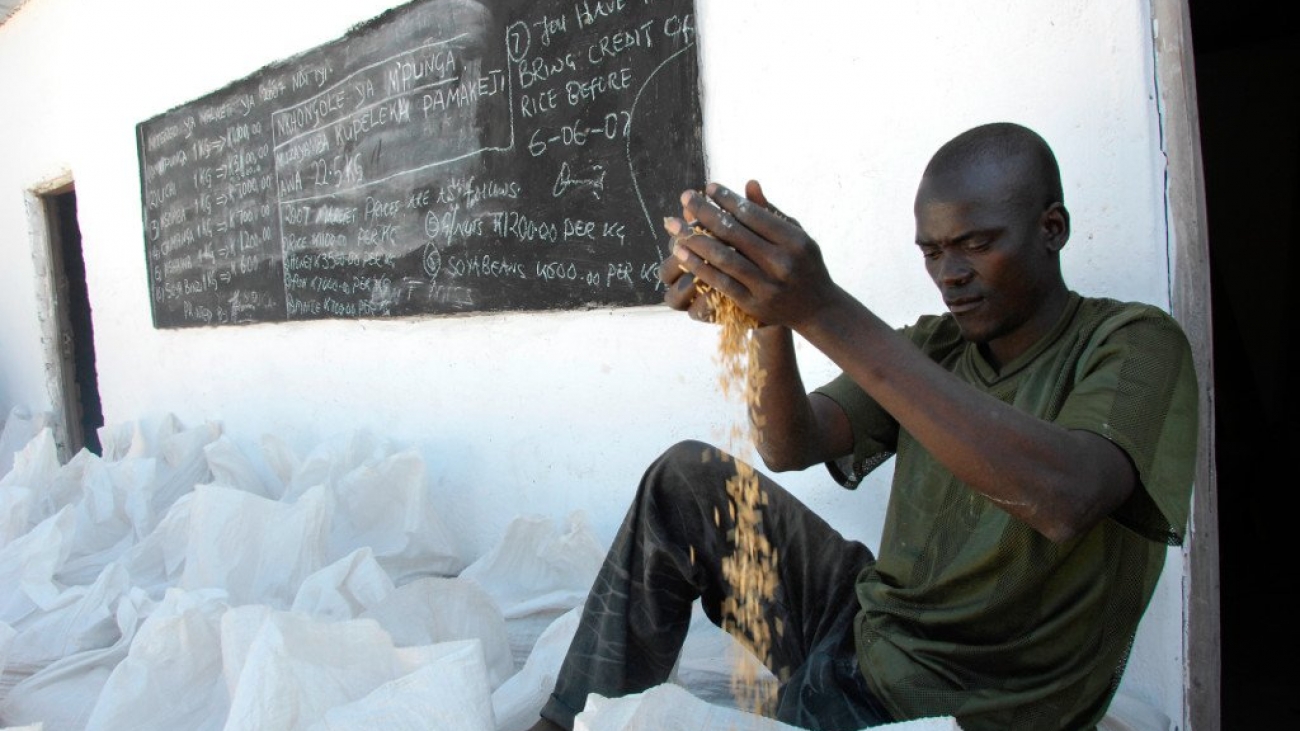
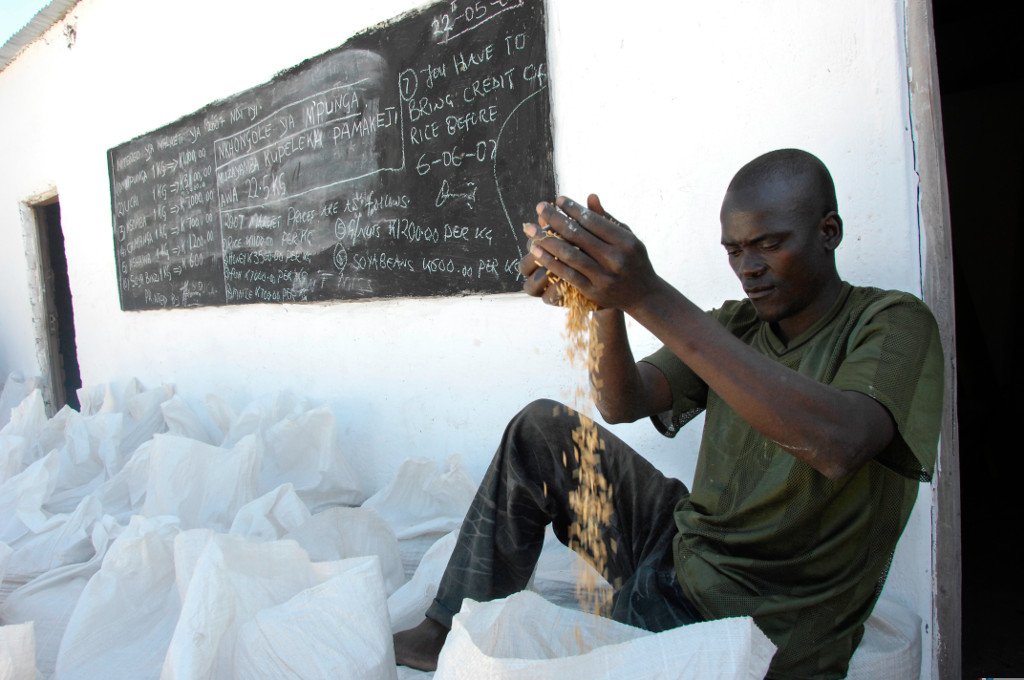 The
The